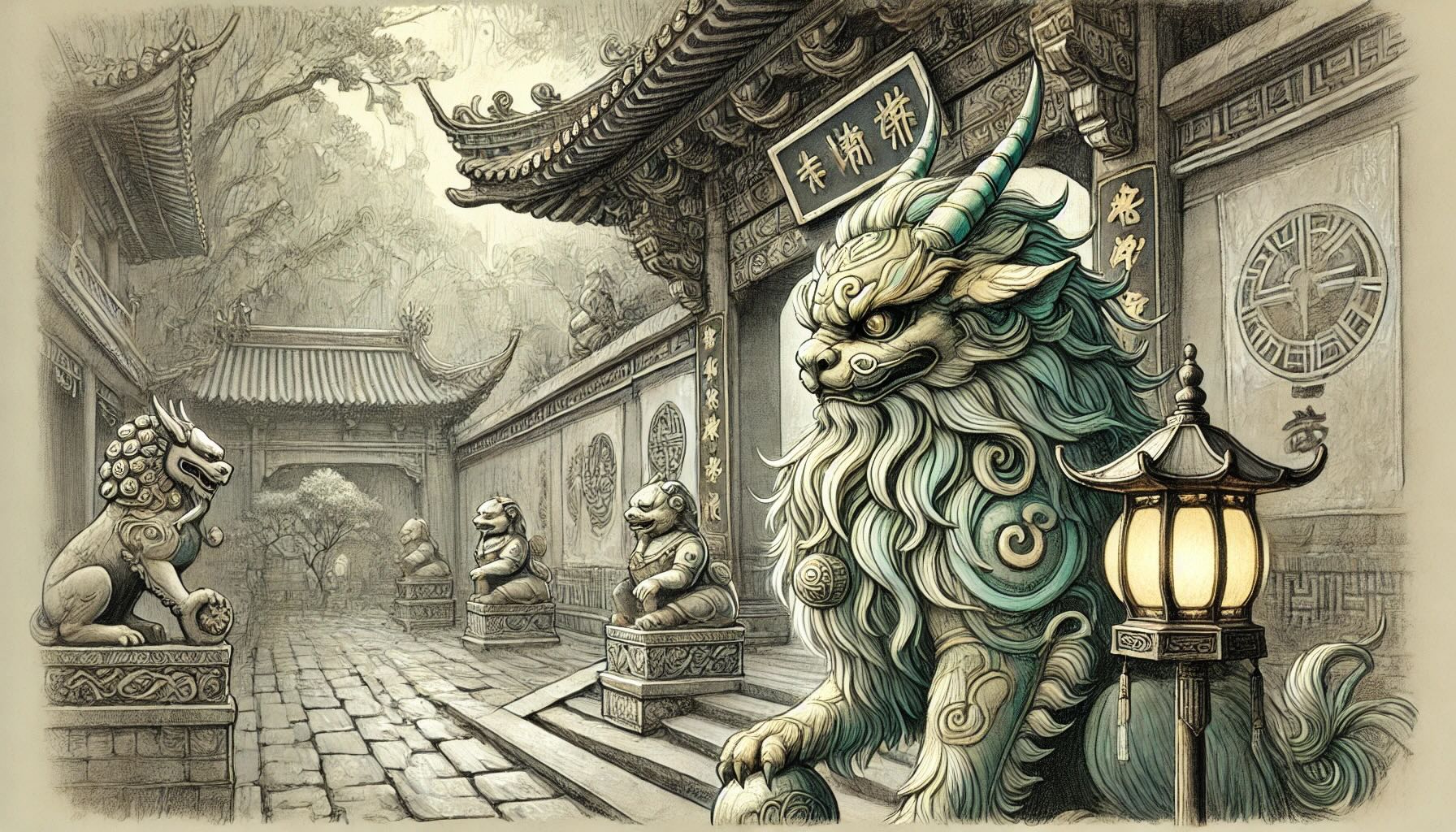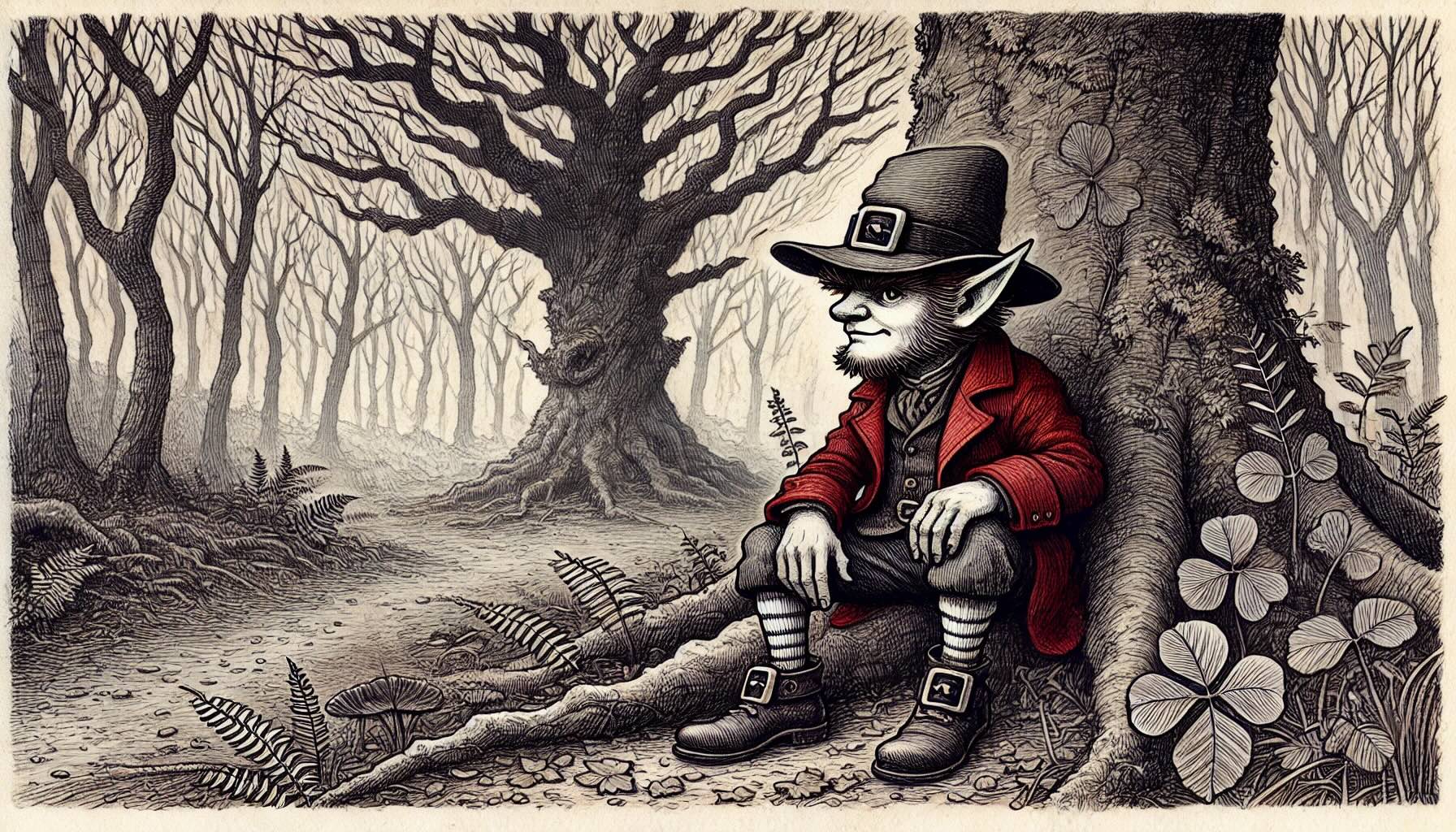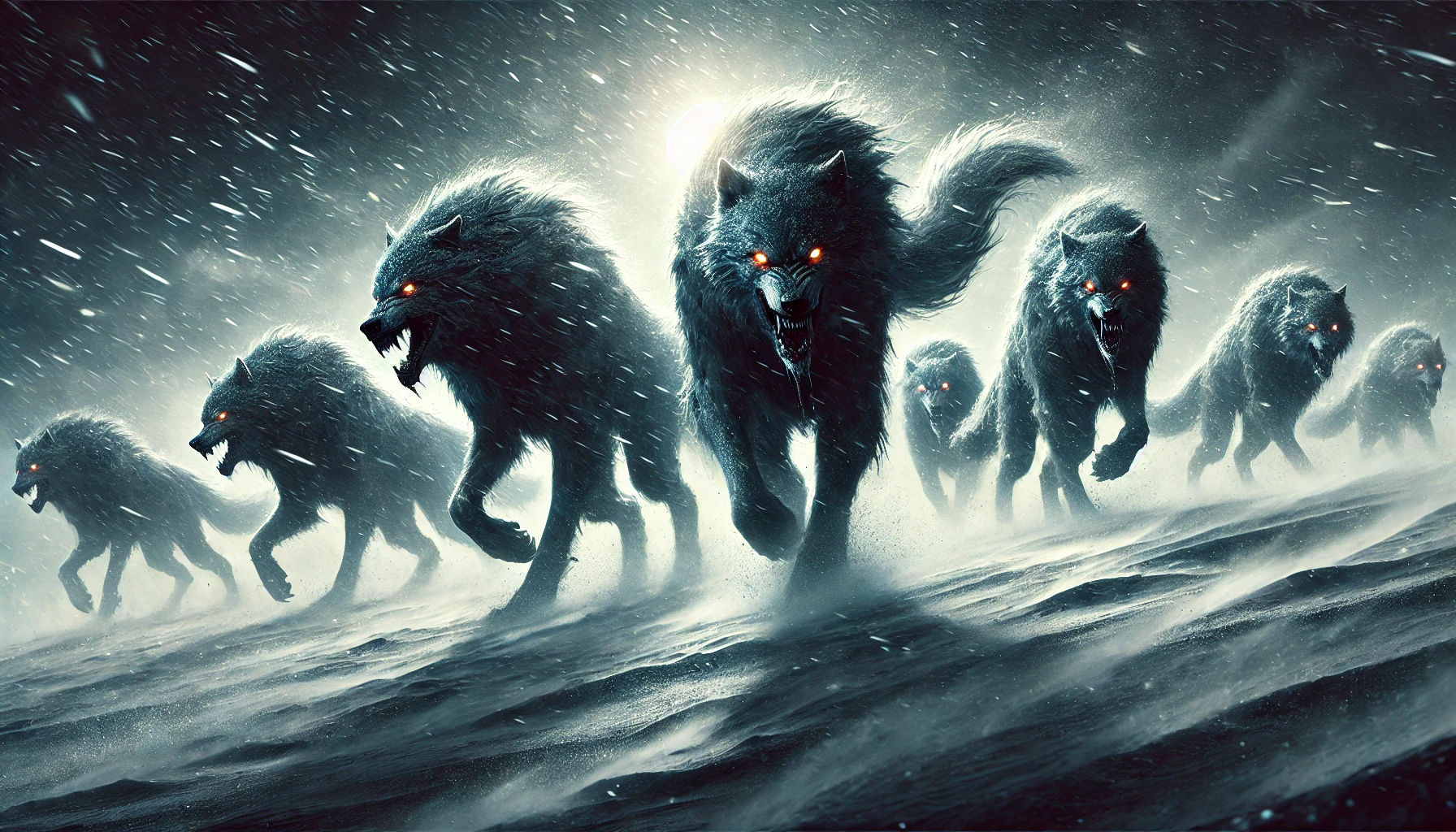When Shadows Stir, Watch Their Necks
You sit in a quiet inn, sharing a meal with a kindly hostess. She smiles warmly, pouring your sake with practiced grace. But as the night stretches on, you wake to an eerie sensation—eyes watching you from above. Your breath catches in your throat as you look up. There, swaying in the dim light, is her head—attached to a neck that stretches across the room like a serpent, grinning down at you.
The Hidden Horror: Appearance & Traits
At first glance, Rokurokubi are indistinguishable from normal humans. They laugh, work, and live as if they were ordinary people. Many even believe themselves to be human. But when the night comes, their cursed nature reveals itself—their necks elongate, stretching and twisting unnaturally as they roam in search of mischief or prey.
Their long, snake-like necks are their most defining feature, but their heads retain human expressions—sometimes playful, sometimes hungry. Some Rokurokubi are merely mischievous, using their extended reach to spy, steal, or frighten unsuspecting victims. Others, however, develop a taste for blood, particularly that of sleeping humans.
There are two known variations of Rokurokubi:
- True Rokurokubi are fully aware of their condition, embracing their cursed existence and often reveling in their eerie abilities.
- Nukekubi, the more dangerous kind, are said to have heads that completely detach from their bodies, flying through the night in search of victims. Unlike their long-necked kin, Nukekubi drink blood and attack sleeping humans, leaving behind deep wounds as proof of their visits.
While Nukekubi are deadlier, both types of Rokurokubi can be terrifying—for even the most innocent-looking woman by day might become a horror by night.
Tales of Twisting Necks: Encounters & Legends
One of the oldest recorded accounts of Rokurokubi appears in Toriyama Sekien’s Gazu Hyakki Yagyō and other Edo-period Kaidan-shu (traditional Japanese ghost stories). These tales describe individuals who, upon witnessing the unnatural elongation of a loved one's neck, are forced to confront the grim reality that they have been living alongside a cursed being.
One such story tells of a merchant who, after suspecting his wife of harboring a dark secret, stayed awake one night only to witness her neck extending impossibly far, her face contorting with eerie delight as she surveyed the room. Horrified, he fled and later sought the aid of a priest to sever the curse, reinforcing the belief that Rokurokubi were once human but were transformed by karma or past sins.
Another well-documented tale from Edo-period folklore speaks of a traveling monk who took shelter at a rural inn. As he rested, he noticed the innkeeper’s wife behaving strangely. Feigning sleep, he soon saw her head rise into the rafters, her elongated neck moving like a serpent as she observed the sleeping guests. Knowing the dangers of revealing his awareness, he silently recited protective sutras until dawn, ensuring his safety until he could slip away.
Where They Lurk: The Rokurokubi’s Domain
Unlike many yokai, Rokurokubi move freely beyond remote forests and haunted temples—they live among humans, hiding in plain sight. They may be found in small villages, rural inns, or even bustling towns, where they seamlessly blend into daily life. Some live completely unaware of their transformations, while others revel in their hidden monstrosity.
During the day, there is no way to tell if someone is a Rokurokubi unless you catch subtle clues—the faint bruises around their neck, an unnatural flexibility, or a discomfort when speaking about the night.
Mischief or Malice? Abilities & Behavior
- Neck Stretching – Their most defining trait, allowing them to peek through windows, spy from rooftops, or terrify victims from impossible angles.
- Eerie Whispers – Some use their long necks to eavesdrop and spread rumors, whispering secrets where they shouldn’t be heard.
- Bloodthirsty Variants – While many are content to frighten, some—especially the Nukekubi—develop a hunger for blood, draining life from sleeping humans.
- Mind Games – Rokurokubi enjoy trickery, often convincing their victims that they merely had a nightmare, leaving them doubting what they saw.
Surviving a Rokurokubi Encounter: Warnings & Precautions
- If you stay in an inn and feel watched at night, do not move. Pretend to sleep. A Rokurokubi may only be testing its reach, but movement might provoke it.
- Keep mirrors nearby. Many yokai, including Rokurokubi, dislike their own reflections—it forces them to confront their inhuman nature.
- Look for signs of the curse. If someone always seems tired, avoids discussing the night, or has strange bruises around their neck, be wary.
- Never eat or drink anything from a suspected Rokurokubi. Their curse is known to be transferred through food, binding the victim into their ranks.
- For Nukekubi, separate the head from the body. If faced with a true Nukekubi, its severed head is only deadly if it can return to its body. Hiding or moving the body before sunrise ensures its destruction.
Final Warnings & Parting Thoughts
To the untrained eye, Rokurokubi are just ordinary people, blending effortlessly into the human world. Some live unaware of their condition, cursed by past misdeeds or an unfortunate lineage. Others embrace their supernatural nature, watching, listening, and waiting for night to fall.
Should you ever feel a creeping presence above you, a shifting shadow that does not match its source, or a whisper from just beyond your sight, do not look up.



